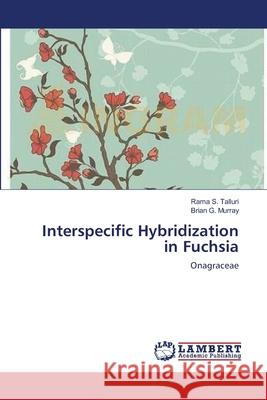Interspecific Hybridization in Fuchsia » książka
Interspecific Hybridization in Fuchsia
ISBN-13: 9783659167782 / Angielski / Miękka / 2012 / 112 str.
Most of the cultivars of fuchsia are small shrubs so that if the growth form of the plants could be altered to produce smaller, procumbent plants there is a possibility to exploit new market niches. For example, small creeping plants would be valuable for hanging baskets or as ground cover plants. One of the key aims of this project is to combine the features of trailing fuchsia with other species. Once hybrids are produced they offer the potential to study the genetic control of the important horticultural characters and will provide material for a selective breeding programme. Since interspecific hybrids may be difficult to produce, another aim of the research is to identify the breeding barriers. Without detailed knowledge of where the breeding barriers are, it is not possible to devise the strategies to overcome them in future. A third aim is to investigate the genomic relationships of species using molecular- cytogenetic techniques. The variation in genome size and the data from hybridization studies will be used to investigate crossability in relation to taxonomic position.
Most of the cultivars of fuchsia are small shrubs so that if the growth form of the plants could be altered to produce smaller, procumbent plants there is a possibility to exploit new market niches. For example, small creeping plants would be valuable for hanging baskets or as ground cover plants. One of the key aims of this project is to combine the features of trailing fuchsia with other species. Once hybrids are produced they offer the potential to study the genetic control of the important horticultural characters and will provide material for a selective breeding programme. Since interspecific hybrids may be difficult to produce, another aim of the research is to identify the breeding barriers. Without detailed knowledge of where the breeding barriers are, it is not possible to devise the strategies to overcome them in future. A third aim is to investigate the genomic relationships of species using molecular- cytogenetic techniques. The variation in genome size and the data from hybridization studies will be used to investigate crossability in relation to taxonomic position.











